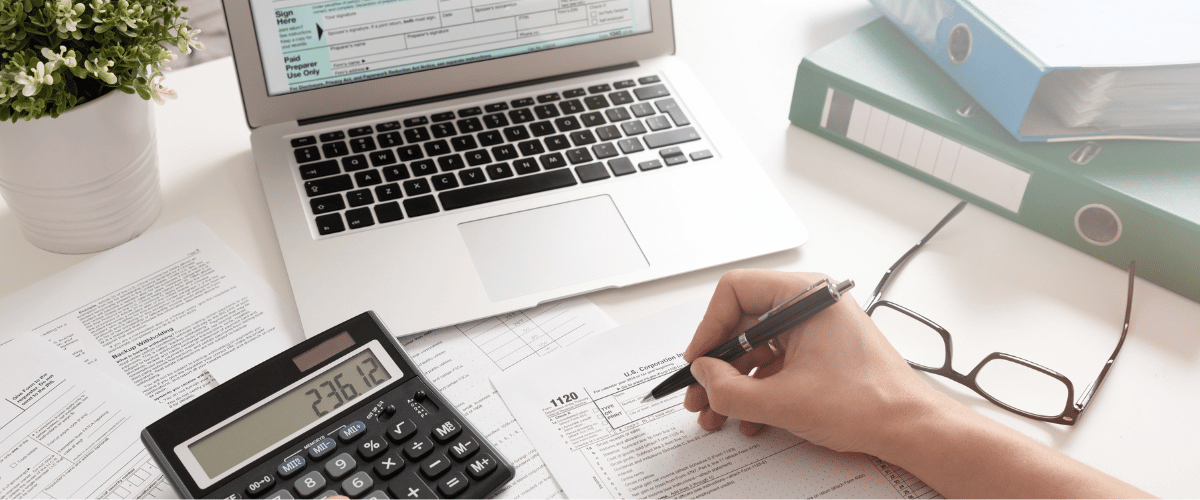What is Joint Cost?
Joint cost is the money that you spend to produce two or more products from one raw material or process.
For example, if you make paper from wood, you also get sawdust and wood chips as by-products. The cost of cutting and processing the wood is a joint cost because it benefits all three products.
Joint cost is different from common cost, which is the money that you spend to benefit more than one product or process, but not at the same time. For example, if you use the same machine to make different products at different times, the cost of the machine is a common cost.
Why is Joint Cost Important?
Joint cost is important in accounting because it helps you to measure the profitability and efficiency of your products.
You need to know how much joint cost to assign to each product, so that you can calculate the cost of goods sold, the gross profit, and the net income for each product.
How is Joint Cost Handled?
Joint cost is handled by using different methods to allocate or split the joint cost among the products. There is no one best method to do this, because different methods may have different advantages and disadvantages. Some of the common methods are:
- Physical measure method. This method allocates the joint cost based on the physical quantity or weight of each product. For example, if you produce 100 kg of paper, 20 kg of sawdust, and 10 kg of wood chips from 130 kg of wood, you can allocate the joint cost in the same proportion.
- Sales value at split-off method. This method allocates the joint cost based on the sales value of each product at the point where they are separated. For example, if you can sell the paper for $50 per kg, the sawdust for $10 per kg, and the wood chips for $5 per kg at the split-off point, you can allocate the joint cost in the same proportion.
- Net realizable value method. This method allocates the joint cost based on the net realizable value of each product, which is the sales value minus any additional costs after the split-off point. For example, if you have to spend $10 per kg to refine the paper, $5 per kg to package the sawdust, and $2 per kg to transport the wood chips, you can deduct these costs from the sales value and allocate the joint cost based on the net realizable value.
Key Points about Joint Cost
Here are some key points about joint cost:
- Joint cost is the money that you spend to produce two or more products from one raw material or process
- Joint cost is different from common cost, which is the money that you spend to benefit more than one product or process, but not at the same time
- Joint cost is important in accounting because it helps you to measure the profitability and efficiency of your products
- Joint cost is handled by using different methods to allocate or split the joint cost among the products, such as physical measure method, sales value at split-off method, or net realizable value method





